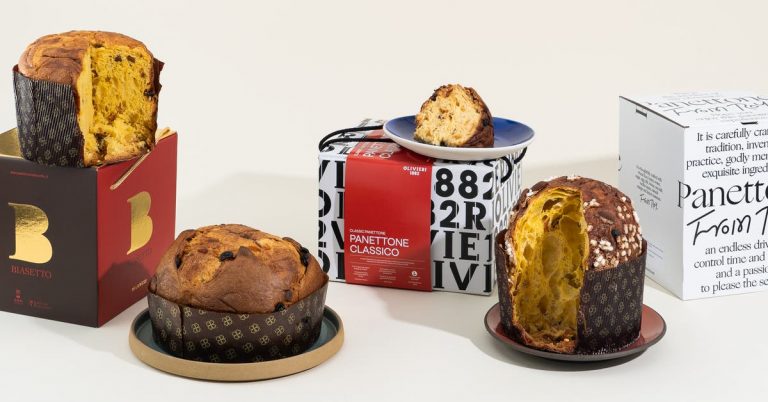Do You Need a Different Moisturizer for Summer? It Depends.

If you are the kind of person whose skin feels slick after applying their moisturizer in hot and humid weather, you may want to consider a gel or gel-cream formula. They’re rich in humectants (such as glycerin and panthenol), so they pull water into the skin without trapping excess oil or sweat, explained dermatologist Sam Ellis, MD. Generally speaking, a gel is transparent, while a gel cream has some opacity, appearing cloudy or milky depending on the formula.
For people with oily skin, cosmetic chemist Kenna Whitnell recommends a sheer gel for warmer climates. Gels typically absorb quickly, feel weightless on the skin, and leave little residue, Ellis said. In our guide to the best moisturizers, Neutrogena Hydro Boost Hyaluronic Acid Gel Cream — which is a satiny, white whip — is one of our picks, but testers also liked the even more sheer, juicy light-blue Hydro Boost Water Gel formula. People with oily skin should also consider matte moisturizers, like the La Roche-Posay Toleriane Double Repair Matte Face Moisturizer, another pick from our guide; it helped tamper shine for our panel testers, and it absorbs much quicker than other mattifying moisturizers we tried.
For those with normal skin (not too oily or dry) or combination skin (oily in some areas, dry in others), a gel cream might be a better fit than a true gel. Gel creams, like the Hydro Boost Gel Cream, often have more emollients (which soften skin and hold onto moisture) than typical “true gels” do, which gives them a cushiony feel, Hoffman said. These emollients and (sometimes lightweight occlusives that hold moisture in) are often oil-based ingredients like shea butter and squalane. The mixing of oil and water creates an emulsion, which gives gel creams their more opaque look, said cosmetic chemist Jane Tsui.
Granted, if your skin tends to be very dry regardless of heat and mugginess, a gel formula may be too lightweight. If this is the case, you may want to try a lightweight lotion. “Creams usually include more oils or lipids, feel heavier, and leave more of a ‘presence’ on the skin,” Ellis said. In hot weather, this presence can be a downside for some people, but not for those with very parched skin.
The lightweight cream adored most by our testing panel was The Outset Nourishing Squalane Daily Moisturizer. It has a refreshing feel but still has undeniable moisturizing power, so it’s ideal for warmer weather. It’s less likely to feel heavy on the skin or cause the dreaded upper-lip sweat that ultra-thick creams sometimes can.
Some people may want to forgo the daytime moisturizer altogether when wearing face sunscreen — an option Hoffman said is perfectly fine, so long as your skin feels hydrated enough throughout the day, you apply enough sunscreen to get adequate protection (she recommends two finger lengths), and you reapply it every two hours when you’re in the sun.






